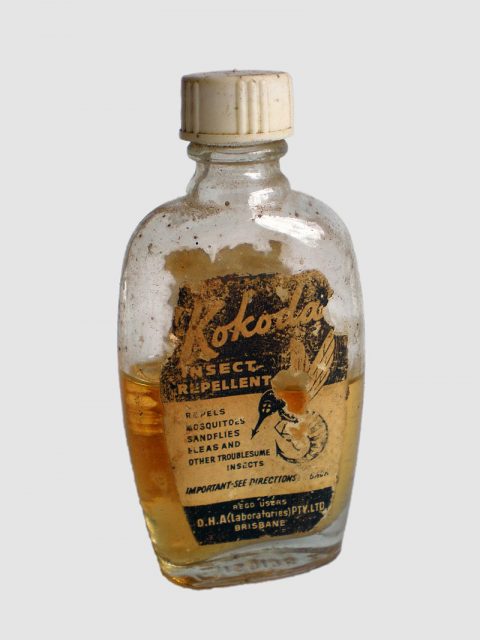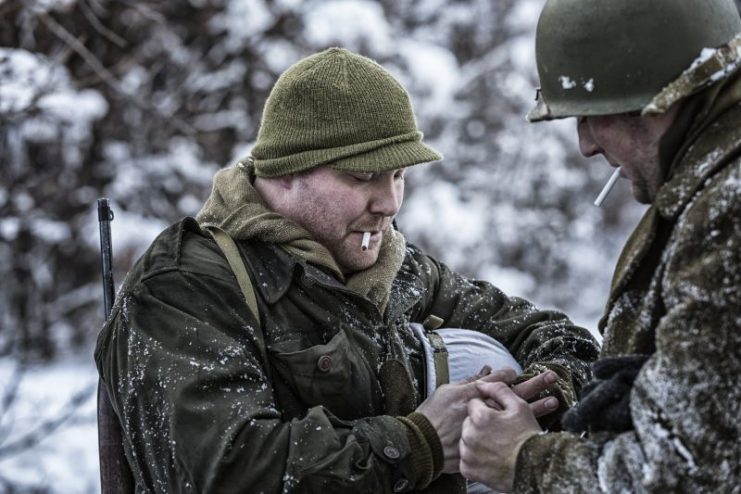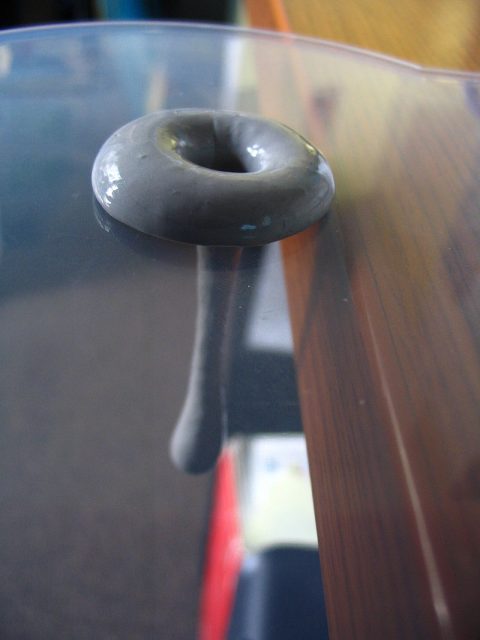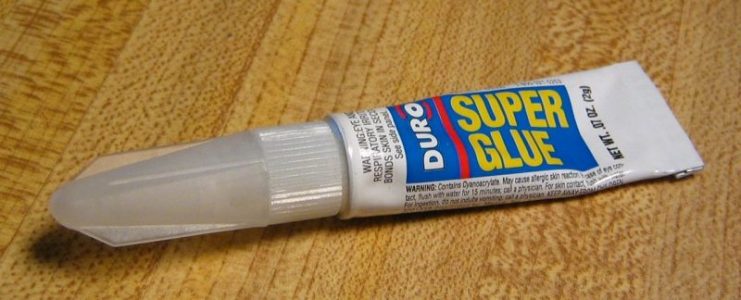War and innovation go hand in hand. Some of our greatest leaps forward have come at times of the most urgent necessity. Most of the time we don’t see this. After all, we’re not all on the front line.
But sometimes, these new inventions find their way into mainstream civilian use, especially if they are as cool as these.
Cargo Pants
I know, we all have a pair these days, and they are ideal for work with all those handy pockets and durable design. The big plus is that they also look so cool.
However, they were developed by the British Army in the 1930s before the outbreak of World War Two.
It wasn’t long before these practical classics were taken up by the US Army Paratroopers and the design migrated across the Atlantic and into wardrobes all around the world.

Duct Tape
An engineering classic that no home can do without, duct tape has assisted in so many last-minute repairs that it has become an essential toolbox item.
We all laugh at the Internet videos where some poor guy has used it to patch up their car, but back in World War Two, duct tape was devised by chemical giants Johnson and Johnson as a means of patching up tanks.
The military needed something that could repair minor damage quickly and so duct tape was born.

Insect Repellent
If you go down to the woods today, it’s likely that besides your first aid kit, compass, and satellite phone, there will be a can of insect repellent in your back-pack.
However, if you were hiking before World War Two, you would have had to take your chances with the mosquitos.
It was during the campaigns in the South Pacific that the Department of Defense realized that something was needed to protect troops from the very real risk of malaria.
So, the USDA found a suitable insecticide and put it in a fine-mist applicator. This inventions saved US soldiers then and still prevents your discomfort today.

The ‘Detroit’ Jacket
Another wardrobe staple that was inspired by wartime practicalities, this time coming from a US President.
Dwight D. Eisenhower preferred waist-length jackets when he was a US General.
The look became so much a part of the president’s ‘brand-identity’ as we would call it today, that when the clothing company Carhartt introduced their own version back in 1954, it was listed as an Eisenhower jacket.

M&Ms
Today 2.5 million M&Ms get stamped with the iconic initials every hour in the Mars factory. But this candy started out in Spain, during the civil war.
While traveling Europe, the young Forrest Mars Senior noticed soldiers eating chocolate beans. The chocolate was coated in a hard candy shell which stopped the chocolate from melting.
Later on, M&Ms became part of the US military ration and followed servicemen all around the world during WWII.

Aviator Sunglasses
Perhaps it is easier to see the military application for sunglasses. After all, it could be claimed that Tom Cruise in the film Top Gun helped them on their way to the iconic status they enjoy today.
However, aviator sunglasses have been around far longer than Technicolor movies.
It was in the late 1920s that a US Army Air Corps Colonel set Bausch and Lomb to developing solar glare protection for high-altitude pilots. This resulted in the product we know today.

The Beanie Hat
One-hundred percent acrylic, this stretchy staple is a legend in the realm of active-wear. Hunters, climbers, even skateboarders pull these on when the weather or altitude demands.
We have the US Navy to thank for this innovation: they beat the cold as well as the Third Reich in the North Atlantic while wearing hats that inspired those we wear today.

Silly Putty
It’s true! Okay, so silly putty wasn’t used by the military for any practical application, but the discovery was made by a chemist at G&E while searching for a synthetic compound that could replace rubber.
The Japanese had cut off the rubber supply to America during the War in the Pacific, and so the military tasked chemical corporations to supply an alternative. For the last 70 years, this military invention has helped to keep kids amused.

Super Glue
Yes, it can fix anything in ten seconds, and remain on your fingers for the rest of the day.
We have all heard the story that surgeons used a spray on wounds to quickly stop bleeding in the Vietnam War, but its tale is much older than that.
Super Glue was discovered by accident by a chemist at Eastman Kodak while developing chemicals for use in WWII. It was deemed too sticky and too difficult to use at the time but went on commercial sale after the War instead.

Dr. Martens
It’s incredible to think that the iconic boot from the 1970s and 1980s started life as recycled German military supplies after the Second World War, but it’s true.
Read another article from us – Disastrous Uniforms: Clothing Working Against Soldiers
Dr. Klaus Martens developed the unique air-cushioned sole when he was recovering from a foot injury. The soles were a success in Germany so in 1959 Martens and his business partner began advertising overseas.

A license to produce the soles was acquired by British boot-maker, Griggs, and the first Doc Martens boot was born. Later that decade, the boot was adopted by Who legend, Pete Townsend, thereby signaling his hard-scrabble working-class roots.
